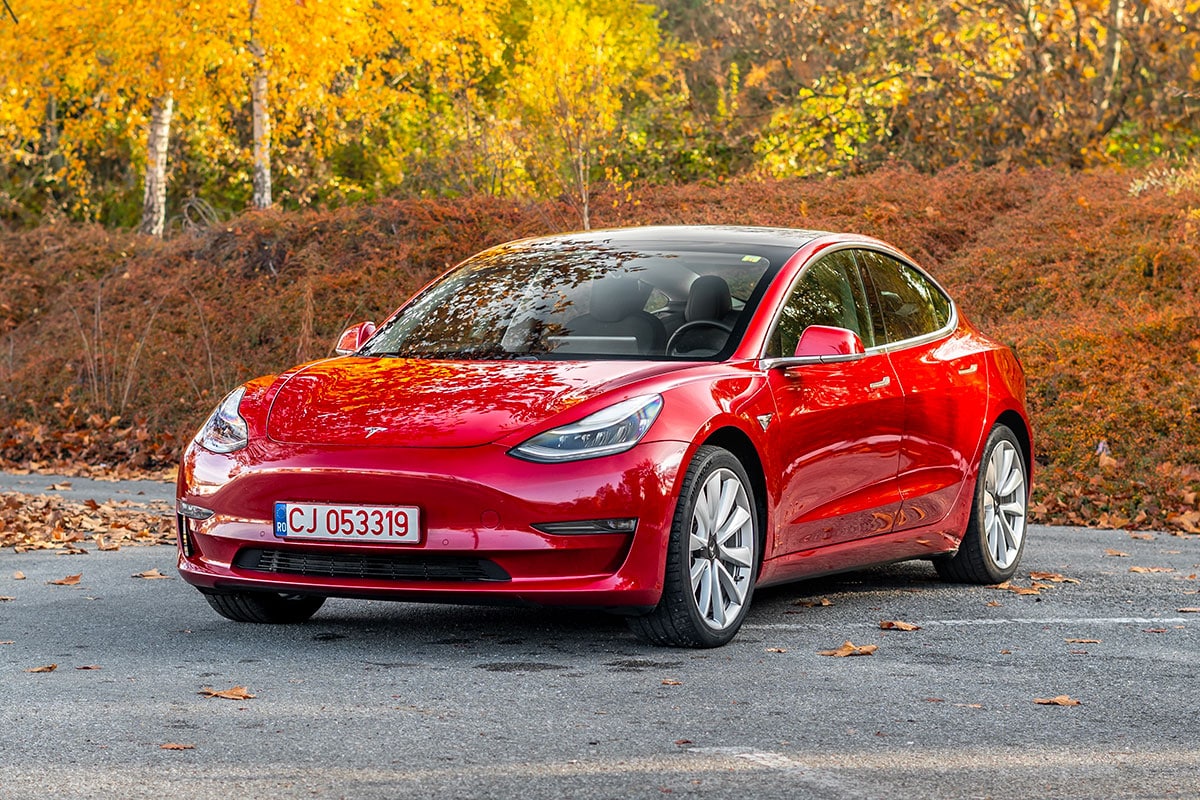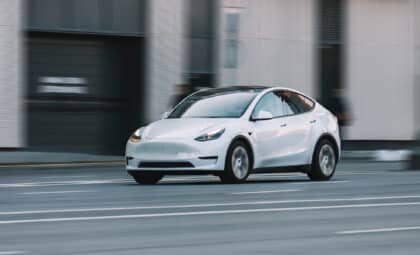These days, with sustainability and saving money being more important than ever, electric vehicles are really catching on as an alternative to gas-guzzlers. The Tesla Model 3 Long Range shines in this crowd because it blends performance with affordability. Here, we dive into the story of Alex Sibila, a content creator from the US who drives this model and talks about how it helps him keep costs down.
A closer look at the Tesla Model 3
The Tesla Model 3 Long Range comes with a 75 kWh battery that gives you roughly 382 miles on a full charge. (That’s pretty impressive if you’re always on the go.) This makes it a solid pick for anyone wanting to cut back on pollution without giving up convenience or speed. For someone like Alex Sibila—who uses his car for daily commutes and shooting content—the ability to cover long distances on one charge is a huge win.
For Alex, owning a Tesla isn’t just about being eco-friendly; it’s also about saving money. With gas prices on the rise, finding an option that doesn’t empty your wallet is key. The Tesla Model 3 fits the bill by slashing fuel costs compared to regular vehicles.
Charging up and saving money
How much you pay to charge an EV is a big part of overall affordability. Alex mostly charges his Tesla at home — 90% of the time — which really cuts down his expenses. On average, he spends around $66.23 a month on charging (roughly €63), with costs ranging from $55.48 to $75.31 depending on how much he drives. (These numbers show that charging an EV can save you a pretty penny over filling up a gas tank.)
Just to put it in perspective, topping off a conventional car with 50 liters of SP98 gasoline usually costs way more than Alex’s monthly charging bill — often over €80. This clear price difference highlights how switching to electric can be a smart move for your wallet over time.
Even though Alex lives in a house that’s over 120 years old—which bumped his electricity bill up by about 20% to 30%—he feels the savings on fossil fuels more than make up for those extra costs. He’s even thinking about putting up solar panels to cut or maybe even wipe out his charging expenses.
Observations and wider benefits
Alex’s experience isn’t a one-off; it reflects trends seen among EV owners all over. Sure, things like the price per kWh, the specific vehicle model, how efficiently it uses power, and driving habits can change the overall costs a bit, but the money-saving benefits hold steady in many cases.
Besides saving money, electric vehicles also help the environment by reducing reliance on fossil fuels and lowering emissions. As more people see these benefits, the popularity of EVs is only likely to grow.
Alex’s story shows how a ride like the Tesla Model 3 can change the game by offering both eco-friendly perks and savings over a traditional car. With advancements in technology and the growing accessibility of renewable energy options (think solar panels), switching to an EV might just be worth considering—not just for being green, but also for the long-term savings on your pocket.









